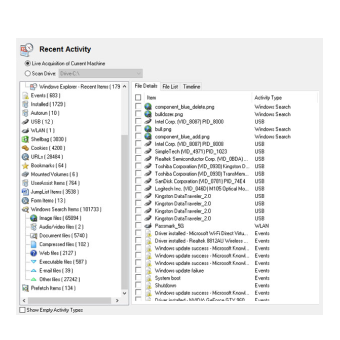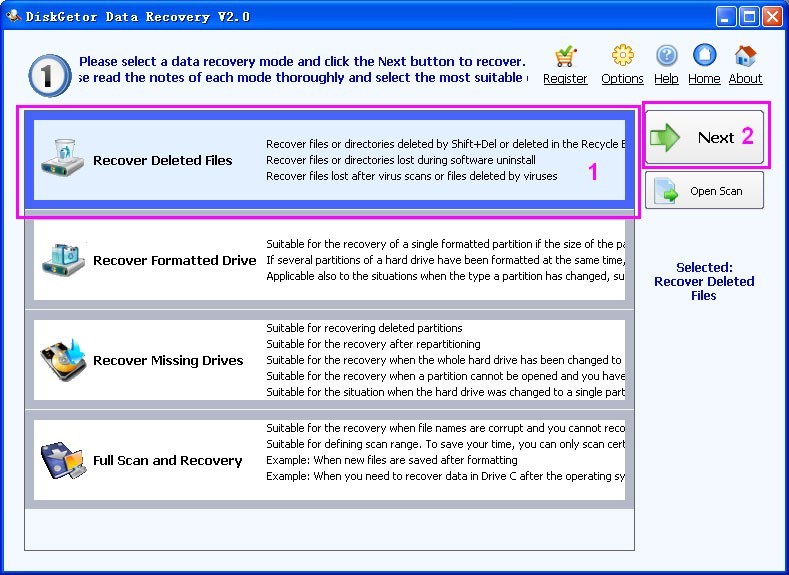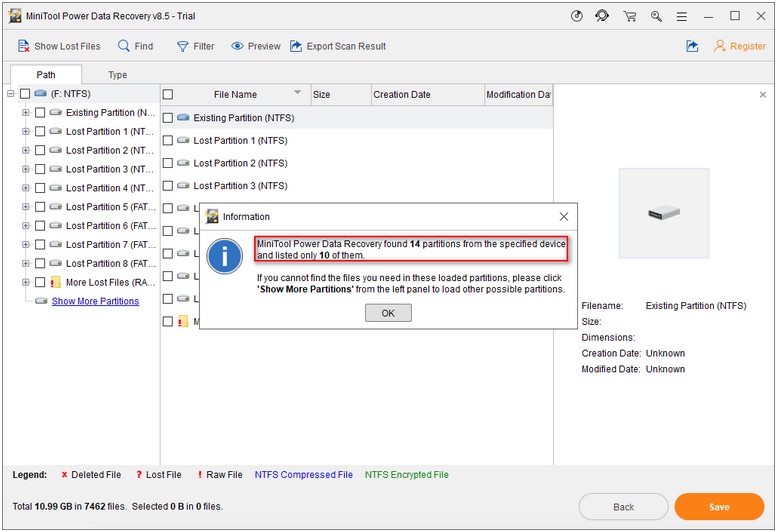
- #OSFORENSICS RECOVER DELETED FILES MANUAL#
- #OSFORENSICS RECOVER DELETED FILES PC#
- #OSFORENSICS RECOVER DELETED FILES WINDOWS#
In our experience, the file search can be an extremely revealing look at what's really going on with your PC.
#OSFORENSICS RECOVER DELETED FILES MANUAL#
The program revealed that our old Empire Earth '.ee3sav' save game files were actually ZIP files, and that CyberLink's '.thl' files were PNG thumbnails – information that could come in very handy if these files were ever corrupted and we needed to make manual repairs. More generally, you'll discover the real file formats behind many of your applications. If a piece of malware has renamed key executables to an apparently harmless TXT extension, then again, this OSForensics report will highlight the change.
#OSFORENSICS RECOVER DELETED FILES PC#
If another user of your PC has renamed some videos to have ZIP extensions, for example, then the Mismatch File Search will reveal what's going on. This might uncover all kinds of odd behaviour. The program will begin to scan your files, looking for any where the content doesn't match the extension. All you have to do is point the program at a starting folder – 'C:\', say – then click 'Scan'.

Our favourite OSForensics feature, for its sheer originality, is the Mismatch File Search. It's quick, easy to use, and can be very informative. Finally, click 'Compare signature', point OSForensics to the two signature files and let it highlight the differences. Open a browser window and visit a site or two, then switch back to OSForensics and click 'Start' again to create a second signature of the same area. The process only takes a few seconds to complete, and you can save the results to your desktop. Just click 'Create signature', then specify the starting folder for whatever you'd like to scan (try an entire drive to begin with), and click 'Start'. Whatever your reasons, this is definitely worth trying and is very easy to do.
#OSFORENSICS RECOVER DELETED FILES WINDOWS#
What about creating a signature of your Windows folder, then looking for changes that could indicate malware? Then you might create a signature of your entire system partition every day, then compare it to the previous version and look for unusual activity – whether it's malware or just applications that are creating unnecessary files. You could also compare signatures taken before and after installing an application to view the changes that it's made to your PC. You might use it to highlight changes another user has made to your PC.

This clearly has all kinds of applications. You could create one signature now, for example, and another tomorrow, then use the program's 'Compare signature' option to show you everything that's been changed – that's new and modified files. One particularly interesting feature of OSForensics is its ability to create a signature of a particular set of files, folders, or an entire hard drive. When you've found what you need, right-click the file and use one of the 'Save' options to bring it back from the dead. Not the right one? Use the 'Back' and 'Forward' buttons to step through the list. Simply right-click it, select 'View with internal viewer', and the program will display the image. However, if you suspect you've found the right file, then OSForensics can usually display it for you. What the report won't give you, unfortunately, is any preview thumbnails, so if you're looking for images then you won't be able to spot them at a glance.

BACK FROM THE DEAD: A simple Undelete tool enables you to view and recover deleted files


 0 kommentar(er)
0 kommentar(er)
